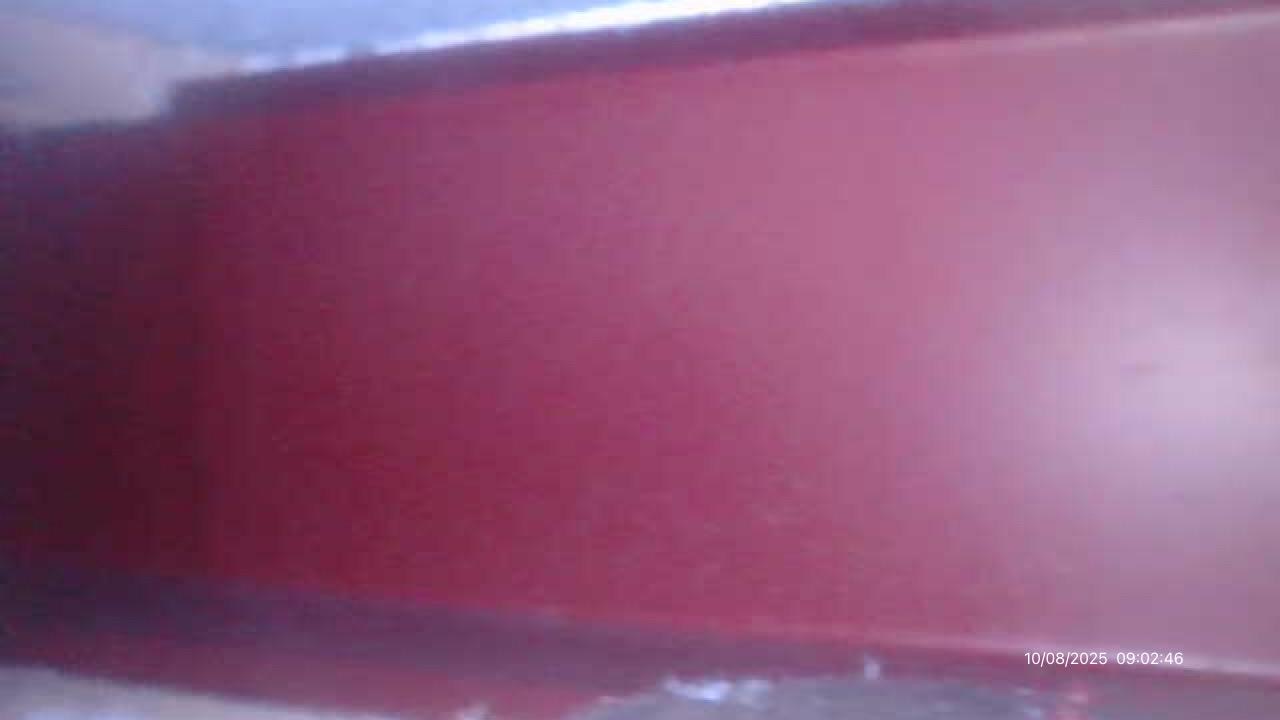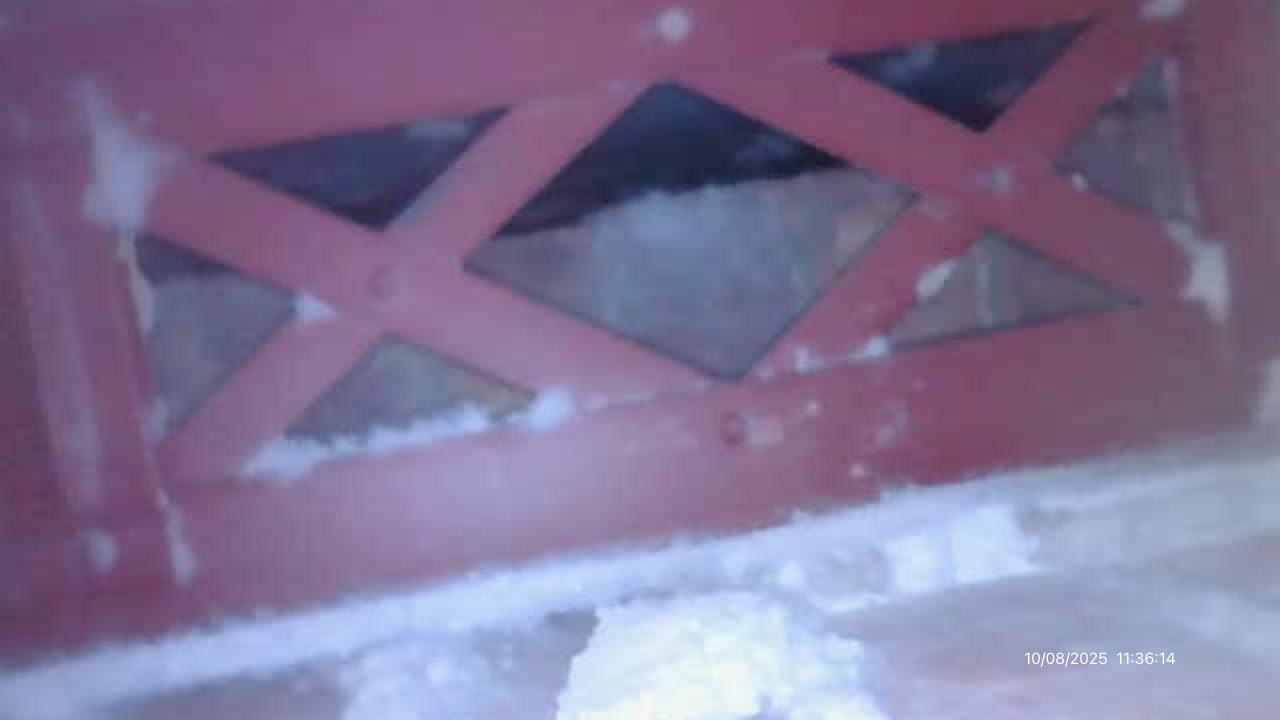Insulation Removal from Steel Framed Homes
We are often requested to extract cavity insulation from Steel Framed Homes before they are sold at the request of the lending banks surveyor. The cavity contains steel beams and they wont want to lend on a home if those beams are corroded. With the insulation in place, there is a chance it could lead to the corrosion as well as prevent an inspection of those steel beams.
Below I have given context to the situation.
Homes in the UK (mainly between the 1940s and 1960s) were sometimes built with steel frame structures inside a brick or block cavity wall. From the outside they look just like any other brick built home.
Here’s why:
1. Post-war housing shortages
After World War II, Britain faced a massive housing crisis — lots of homes had been bomb-damaged or destroyed, and traditional bricklayers were in short supply.
To speed up construction, the government and local authorities experimented with “non-traditional” building methods — including steel, timber, and concrete frames — to produce large numbers of houses quickly.
2. Faster, lighter, more efficient construction
- Steel-framed systems allowed builders to:
Prefabricate components off-site
Assemble the structure rapidly on-site
Reduce reliance on skilled brick or block workers
Use thinner walls for the same structural strength
The brick cavity was then added as a non-structural outer skin to provide insulation, weather protection, and a traditional appearance — so the houses looked “normal” even though the main load-bearing structure was steel.
3. Specific house types
Several large-scale housing systems used this technique, such as:
- Wates, Trusteel, Dorlonco, Airey, and British Iron and Steel Federation (BISF) houses
BISF homes are the best-known example — steel columns and beams supporting floors and roof, with brick or rendered panels on the outside.
4. Engineering and thermal reasoning
Steel was:
- Strong and predictable in load performance
Dimensionally stable (no shrinkage like timber)
Allowed for wide internal spans and open-plan designs
But it conducted heat easily, so the brick cavity helped reduce thermal bridging and condensation.
5. The downside
Over time, many of these properties developed issues:
- Corrosion of steel frames if cavity moisture was not properly managed
Cold bridging and condensation
Difficulty in retrofitting insulation or extensions
Lenders sometimes viewed them as “non-standard construction,” making mortgages and insurance trickier without structural reports.
6. Today
Many such houses still stand, particularly in areas developed by local councils post-1945.
When maintained and inspected properly, they can be solid homes — but cavity condition and frame corrosion are key inspection points during surveys.
So how does insulating the cavities effect these homes?
Steel-framed cavity wall houses should generally not be cavity wall insulated in the conventional way (by injecting insulation beads, fibre or foam), because doing so can trap moisture and lead to serious corrosion of the structural steel frame.
7. Why insulation may effect the steel frames
When cavity wall insulation (CWI) is added — typically as blown mineral fibre, beads, or foam — it:
- Fills the air gap that previously allowed moisture to drain away or evaporate.
Allows moisture to bridge across the cavity and reach the steel frame.
Slows down drying, keeping the steel damp for long periods.
May cause condensation on cold steel surfaces (especially where thermal bridging occurs).
That trapped moisture + steel = corrosion risk.
8. What happens when the steel corrodes
- Corrosion causes the steel to expand slightly, cracking surrounding masonry.
The structure can weaken — sometimes severely — because the frame carries all the loads.
Once corrosion sets in, it’s difficult and expensive to remediate (requires opening walls).
Surveyors can sometimes see tell-tale signs: cracking, bulging, rust stains, or “nail pops” on interior walls.
9. Technical guidance and warnings
Official guidance and industry consensus are clear:
- BRE Digest 444, NHBC, and BBA all advise against injecting insulation into steel-framed cavity houses unless:
A specialist structural engineer confirms the system is fully sealed and corrosion-protected, and
An approved CWI system specifically designed for steel-frame cavities is used (these are rare).
Most insulation manufacturers and accredited installers (under CIGA or TrustMark / PAS2030) will refuse to install CWI in BISF or other steel-frame homes, marking them as “unsuitable for cavity insulation.”
Its for these reasons Steel Framed Homes (BISF) should not have been cavity wall insulated in the first place and why we remove insulation from many of these homes particularly around the point of sale time, when home owners find out cavity wall insulation it is not going to allow their home to be sold.






















